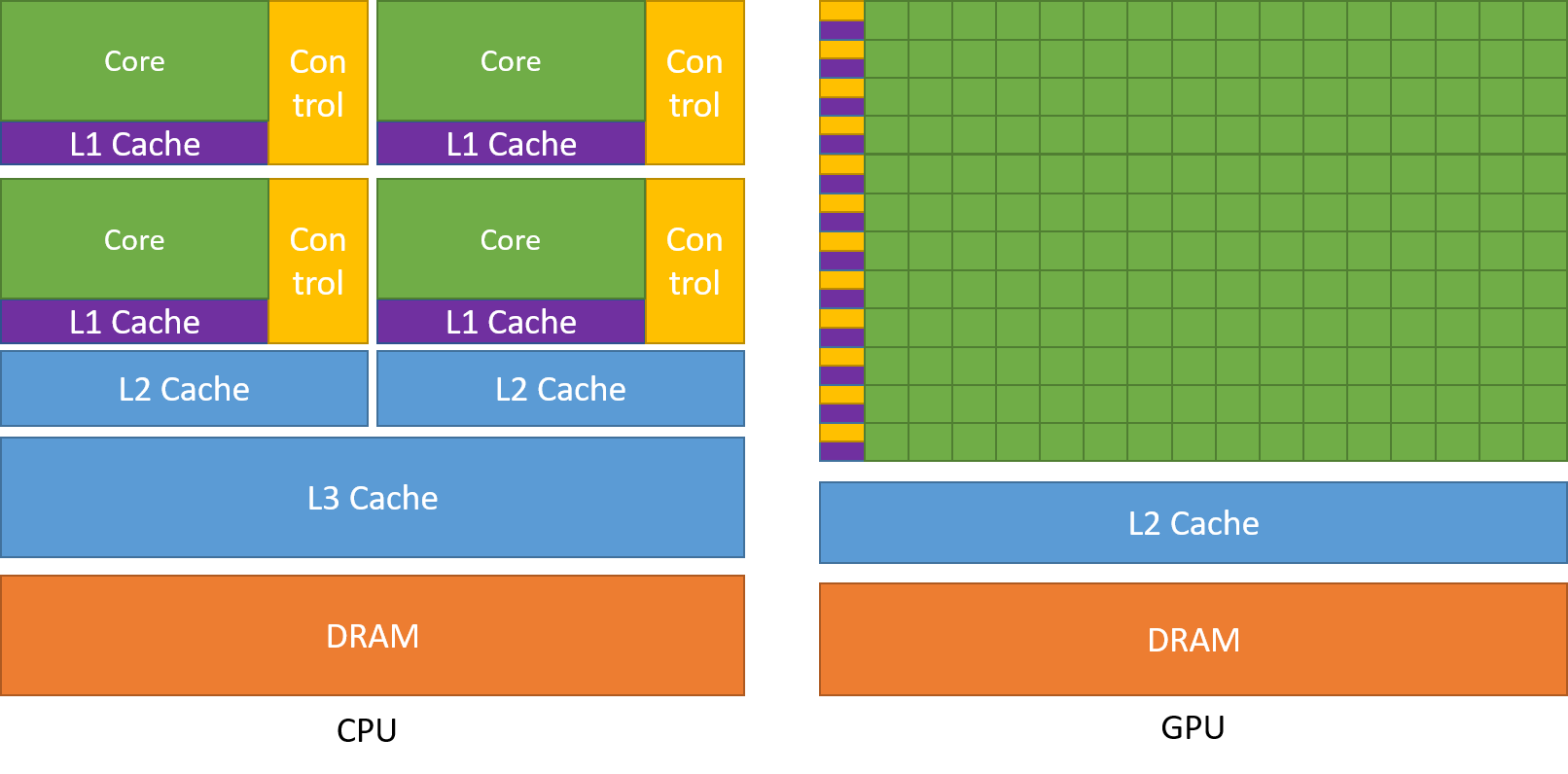In the realm of high-performance computing, the demand for efficient processing power is ever-increasing. CUDA by Example: An Introduction to General-Purpose GPU Programming PDF serves as a pivotal resource for developers and researchers looking to harness the power of NVIDIA's CUDA technology. This comprehensive guide not only elucidates the principles of GPU programming but also provides practical examples that can significantly enhance computational performance.
The advent of General-Purpose Graphics Processing Units (GPGPU) has transformed how we approach complex computational problems. With the ability to perform parallel processing, GPUs can execute numerous operations simultaneously, making them ideal for tasks ranging from scientific simulations to machine learning. CUDA by Example is crafted to bridge the gap between theoretical knowledge and practical application, ensuring that both novice and experienced programmers can take full advantage of this technology.
This article will delve into the contents of CUDA by Example, exploring its structure, key concepts, and the practical implications of GPU programming. We will also provide insights into how this resource can empower you to develop high-performance applications that leverage the capabilities of modern GPUs.
Table of Contents
- 1. Understanding CUDA and GPGPU Programming
- 2. Overview of CUDA by Example
- 3. Key Concepts in CUDA Programming
- 4. Practical Examples from the Book
- 5. Setting Up Your CUDA Environment
- 6. Advanced Topics in CUDA
- 7. Common Challenges in GPU Programming
- 8. Conclusion and Further Resources
1. Understanding CUDA and GPGPU Programming
CUDA, which stands for Compute Unified Device Architecture, is a parallel computing platform and application programming interface (API) model created by NVIDIA. It allows developers to use a CUDA-enabled graphics processing unit (GPU) for general-purpose processing – an approach known as GPGPU (General-Purpose computing on Graphics Processing Units).
GPGPU programming enables developers to harness the massive parallel processing power of GPUs, significantly enhancing performance for applications that perform complex calculations. This section will cover:
- The evolution of GPU computing
- The architecture of CUDA
- The advantages of using CUDA in modern applications
2. Overview of CUDA by Example
CUDA by Example is authored by Jason Sanders and Edward Kandrot, and it serves as an excellent introduction to the CUDA programming model. This book is structured in a way that progresses from basic concepts to advanced techniques, making it suitable for readers at different levels of expertise.
Key features of the book include:
- Clear explanations of core concepts
- Hands-on examples and practical exercises
- Real-world applications of CUDA programming
3. Key Concepts in CUDA Programming
This section will explore the fundamental concepts that readers must understand to effectively use CUDA. Some of these concepts include:
3.1 CUDA Programming Model
The CUDA programming model allows developers to write software that executes on both the CPU and GPU. Understanding this model is crucial for optimizing performance.
3.2 Memory Management in CUDA
Effective memory management is vital in CUDA programming. This includes knowledge of different types of memory, such as global memory, shared memory, and local memory.
4. Practical Examples from the Book
One of the strengths of CUDA by Example is its emphasis on practical examples. The book provides numerous code snippets and full programs that demonstrate how to implement CUDA concepts in real applications.
Examples include:
- Vector addition
- Matrix multiplication
- Image processing techniques
5. Setting Up Your CUDA Environment
Before diving into CUDA programming, it is essential to set up your development environment. This section will guide you through:
- Installing CUDA Toolkit
- Configuring your IDE for CUDA development
- Testing your installation with sample programs
6. Advanced Topics in CUDA
Once you grasp the basics, you may want to explore advanced topics in CUDA. This includes:
- Optimizing CUDA applications for performance
- Using CUDA for machine learning and AI
- Exploring CUDA libraries such as cuDNN and cuBLAS
7. Common Challenges in GPU Programming
While CUDA programming offers significant advantages, it also comes with its own set of challenges. This section will discuss:
- Debugging CUDA applications
- Performance bottlenecks
- Understanding GPU architecture limitations
8. Conclusion and Further Resources
In conclusion, CUDA by Example serves as an invaluable resource for anyone looking to dive into general-purpose GPU programming. By providing a solid foundation in CUDA, it empowers developers to create high-performance applications that can tackle complex computational tasks. For those interested in further expanding their knowledge, consider exploring additional resources such as:
- NVIDIA's official CUDA documentation
- Online forums and communities for CUDA developers
- Advanced CUDA programming courses
By leveraging the knowledge gained from CUDA by Example, you can unlock the full potential of GPU programming and contribute to the rapidly evolving field of high-performance computing.
We encourage you to share your thoughts on this article in the comments below. If you found this information helpful, please share it with your network or explore more articles on our site to continue your learning journey.
Thank you for reading, and we look forward to seeing you again soon!




